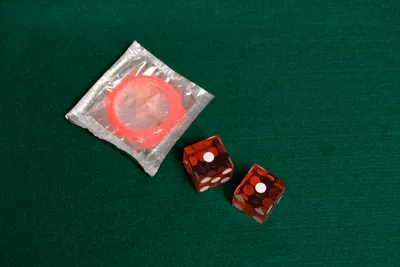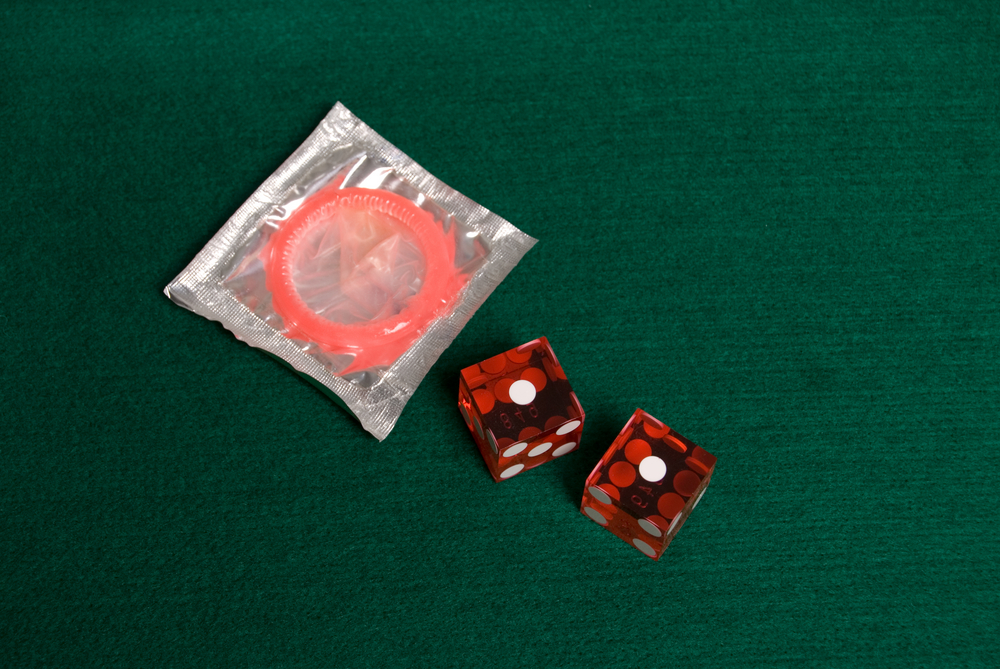
According to a new study published in the August edition of the New England Journal of Medicine, the gel is capable of drastically cutting women’s risk of infection with herpes simplex virus (HSV), type 2. This is a common type of STI, with an estimated 16-percent of 14- to 49-year old Americans carrying the infection. But it’s in other parts of the world where the gel is most needed. For example, in sub-Saharan Africa, an estimated 8 in 10 sexually active women carry the infection.
The gel contains a drug known as tenofovir, which remains in the testing stage. Dr. Salim Abdool Karim, director of the Center for the AIDS Program of Research in Durban, South Africa, stresses that more tests need to be carried out before the drug will become widely available.
This is not the only use for tenofovir. The drug is already being used to treat the human immunodeficiency virus (HIV), which can eventually cause AIDS.
Looking down the road, many researchers wonder how the gel can be marketed effectively, thereby ensuring it’s used. “How people use it is important,” acknowledges Dr. Connie Celum, a representative of the Infectious Diseases Society of America. Nevertheless, Celum says the gel offers a “promising intervention that could reduce herpes acquisition.”
Added Celum: “We don’t have a cure for HSV-2, and we don’t have a vaccine.”



